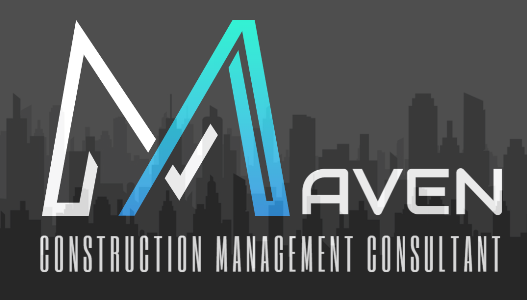
Working at height
Working from heights means working where falling would mean falling from one level to another. Working at a height can pose a serious or life threatening risk of injury.
You must make sure work is properly planned, supervised and carried out by competent people with the skills, knowledge and experience to do the job. You must use the right type of equipment for working at height. Take a sensible approach when considering precautions.
Working at height remains one of the biggest causes of fatalities and major injuries. Common cases include falls from roofs, ladders, and through fragile surfaces. ‘Work at height’ means work in any place where, if there were no precautions in place, a person could fall a distance liable to cause personal injury (for example a fall through a fragile roof down an unprotected lift shaft, stairwells).
Control measures
Employers should first assess the risks. Factors to weigh up include the height of the task, the duration and frequency, and the condition of the surface being worked on.
Before working at height they should work through these simple steps:
- avoid work at height where it’s reasonably practicable to do so;
- where work at height cannot be easily avoided, prevent falls using either an existing place of work that is already safe or the right type of equipment
- minimize the distance and consequences of a fall, by using the right type of equipment where the risk cannot be eliminated.
For each step, always consider measures that protect everyone at risk (collective protection) before measures that only protect the individual (personal protection).
Collective protection is equipment that does not require the person working at height to act for it to be effective. Examples are permanent or temporary guardrails, scissor lifts and tower scaffolds.
Personal protection is equipment that requires the individual to act for it to be effective. An example is putting on a safety harness correctly and connecting it, with an energy-absorbing lanyard, to a suitable anchor point.
Don’t…
- overload ladders – consider the equipment or materials workers are carrying before working at height. Check the pictogram or label on the ladder for information
- overreach on ladders or stepladders;
- rest a ladder against weak upper surfaces, e.g. glazing or plastic gutters;
- use ladders or stepladders for strenuous or heavy tasks, only use them for light work of short duration ( for example a maximum of 30 minutes at a time);
- let anyone who is not competent (who doesn’t have the skills, knowledge and experience to do the job) work at height.
In addition to raising awareness about the risks, the employer has an obligation to train staff involved in falls from heights. In order to better protect the employees, the employer may invest in appropriate equipment and insist on the use of personal protective equipment (PPE) . Of fall protection kits including safety harnesses , carabiners and retractors may be used, thus ensuring a significant reduction in risk.



